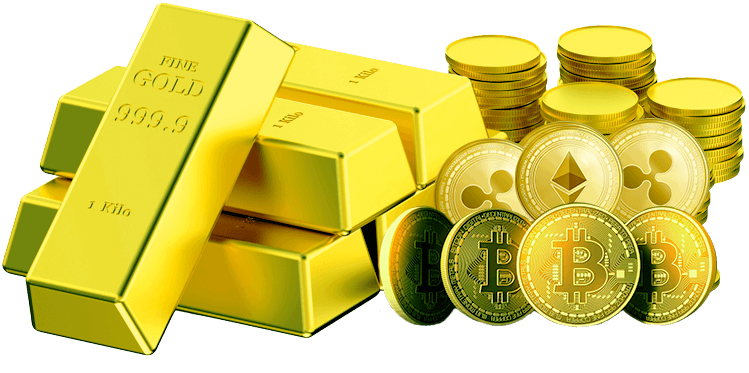How Often Does The Price of Gold Change?
Gold does not necessarily have one set price everywhere you buy it, but it does have an internationally agreed upon “spot” price determined by the gold commodity exchanges. Gold commodity markets trade around the clock. This means that the price of gold is constantly updating, so it is changing every moment. Ultimately, the price you pay and the frequency with which it updates depends upon where you purchase it. To understand, we will need to discuss how gold prices are set.
Gold Prices Vs. Stock Prices
In the United States, stock prices are highly regulated. Prices are determined through a centralized aggregation of electronic markets (otherwise known as ECNs). Regardless of which exchange the stock is on, one has the highest bid, and one has the lowest offer price. These are known as the national best bid and offer. US laws forbid exchanging for a price outside of the national best bid and offer unless it is through a previous option or futures contract being exercised.
Gold prices have no such laws that guarantee buyers and sellers are getting the best available price at the time. Sellers can charge whatever they want. If they can find someone willing to pay the price that they are asking, there are no protections for the buyer, guaranteeing them that they aren’t being ripped off.
Contrastingly, the fluid nature of gold pricing is largely orchestrated by the global market forces of supply and demand alongside geopolitical tensions and economic indicators. Unlike stocks, where regulatory bodies and centralized exchanges strive to maintain a level playing field, the terrain of gold trading is much more wild and unrefined, bearing a closer resemblance to the frontier markets in the past.
The Dance of Supply and Demand
The price of gold fluctuates incessantly as market participants react to global happenings in real time. Every nugget of news, whether an interest rate adjustment by a major central bank or political unrest in a gold-rich region, sends ripples through the market, nudging the price of gold up or down. The ceaseless tug of war between buyers and sellers unfolds on a global stage, with the spot price of gold serving as a real-time barometer of global economic sentiment.
The Role of Major Exchanges
Major gold exchanges around the globe, like the London Bullion Market Association (LBMA) and the COMEX in New York, provide a platform for this high-stakes dance. These exchanges facilitate the buying and selling of gold contracts, with the spot price being updated every minute of every trading day. The gold spot price, as referenced in financial markets, is indeed a reflection of the most recent price at which a gold contract was traded on these platforms. This continuous trading cycle ensures the spot price of gold remains a live, pulsating entity, as opposed to the more static pricing mechanism observed in other commodities.
The Gold Retail Market
On the retail front, the story is a tad different. While the spot price is a reference, the price you’d encounter at a local jeweler or gold dealer carries additional premiums. These premiums account for the costs of fabrication, distribution, and a small dealer markup. The frequency of price changes in the retail market is less dynamic compared to the wholesale market. Retailers may not adjust their prices with every minor fluctuation in the spot price but rather realign their pricing structures on a daily or even weekly basis, depending on their operational dynamics and market conditions.
In Conclusion
The realm of gold pricing is a complex one, shaped by an amalgam of market forces, historical precedence, and human behavior. The ceaseless dynamism observed in gold pricing is a testament to its enduring allure and pivotal role in the global economic framework. As an investor or a casual buyer, understanding the mechanics behind gold pricing is key to navigating the “golden” labyrinth with confidence.



